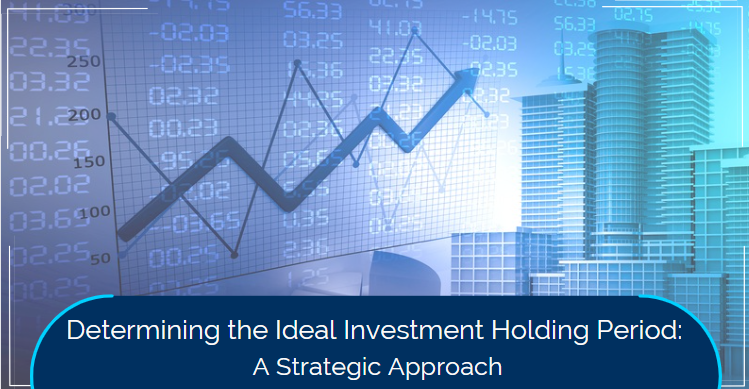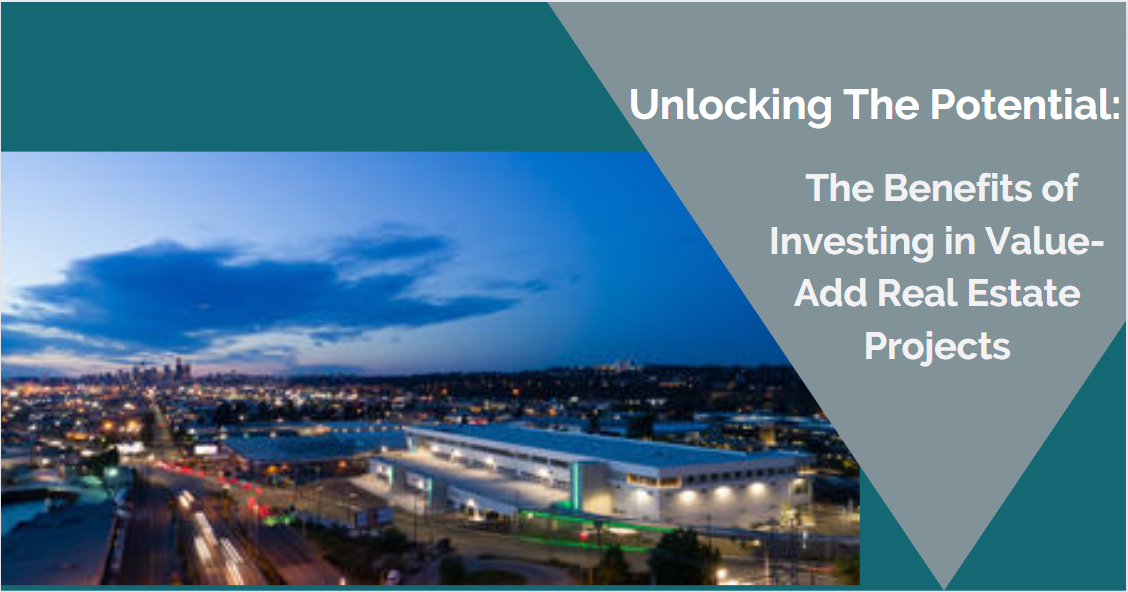When investing, determining the ideal holding period for your assets is a critical decision that requires strategic foresight. While conventional wisdom often suggests a long-term "buy and hold" approach, seasoned investors understand the need for flexible strategies that adapt to evolving personal priorities, market conditions, and the unique characteristics of each asset.
Calculating investment hold periods to align with your objectives demands evaluation to maximize wealth accumulation. Here are some key factors to consider:
Personal Time Horizon
One of the first perspectives to analyze is your personal time horizon. An investor in their 20s, eyeing retirement several decades away, may favor accumulating positions for the long haul to capture full appreciation and compound returns. Those within 10 years of retirement, with tighter time constraints, will likely need assets maturing over shorter hold periods. Income investors looking to fund near-term expenditures like home purchases or college tuition gravitate towards positions bearing fruit in the 5-7-year range.
Additionally, as life transitions occur, motivations may shift. Newly married couples may pursue aggressive appreciation for future family needs, while empty nesters may reverse course towards income preservation. Coordinating hold periods to dovetail with the appropriate life stages can enhance investment outcomes.
Asset Characteristics
Just as personal factors dictate strategy, so too do the fundamental characteristics of the underlying assets themselves. For capital appreciation plays like equities and real estate, historic cycles point towards general hold maxims – residential properties, for instance, tend to produce outsized returns over 5-10-year periods, while stocks deliver optimum results over 7-10 years on average.
However, uniformly applying simplistic rules neglects the current realities impacting an asset. During frothy bull market runs, traders may opt to game shorter swings, cashing out gains. If recession signs loom, pivoting towards a protective income stance may demand adjusting hold periods accordingly. Remaining adaptable and scrutinizing market dynamics proves essential for avoiding pitfalls or leaving money on the table.
Quantitative Review
Beyond qualitative evaluation based on circumstances and gut instinct, prudent investment management requires validating hold theories quantitatively. Backtesting return dispersions over varying hold timeframes for specific asset classes provides invaluable insight into the optimal entry and exit pivot points.
Does the data favor holding fixed-income positions indefinitely or aggressively trading bonds? How sensitive are portfolios to tax inefficiencies with differing turnover rates? What holding periods maximize compounded growth potential while limiting volatility drag and fees? The calculations help identify historical pricing distortions and trends that guide strategy.
For real estate investors, examining cap rate metrics, rental market indicators, and value-add timelines directs purchase and disposition schedules. Numbers truly enlighten the picture.
The right holding period strategy aligns with personal benchmarks and allows investors to fully capitalize on underlying asset dynamics while remaining agile and opportunity-focused..


